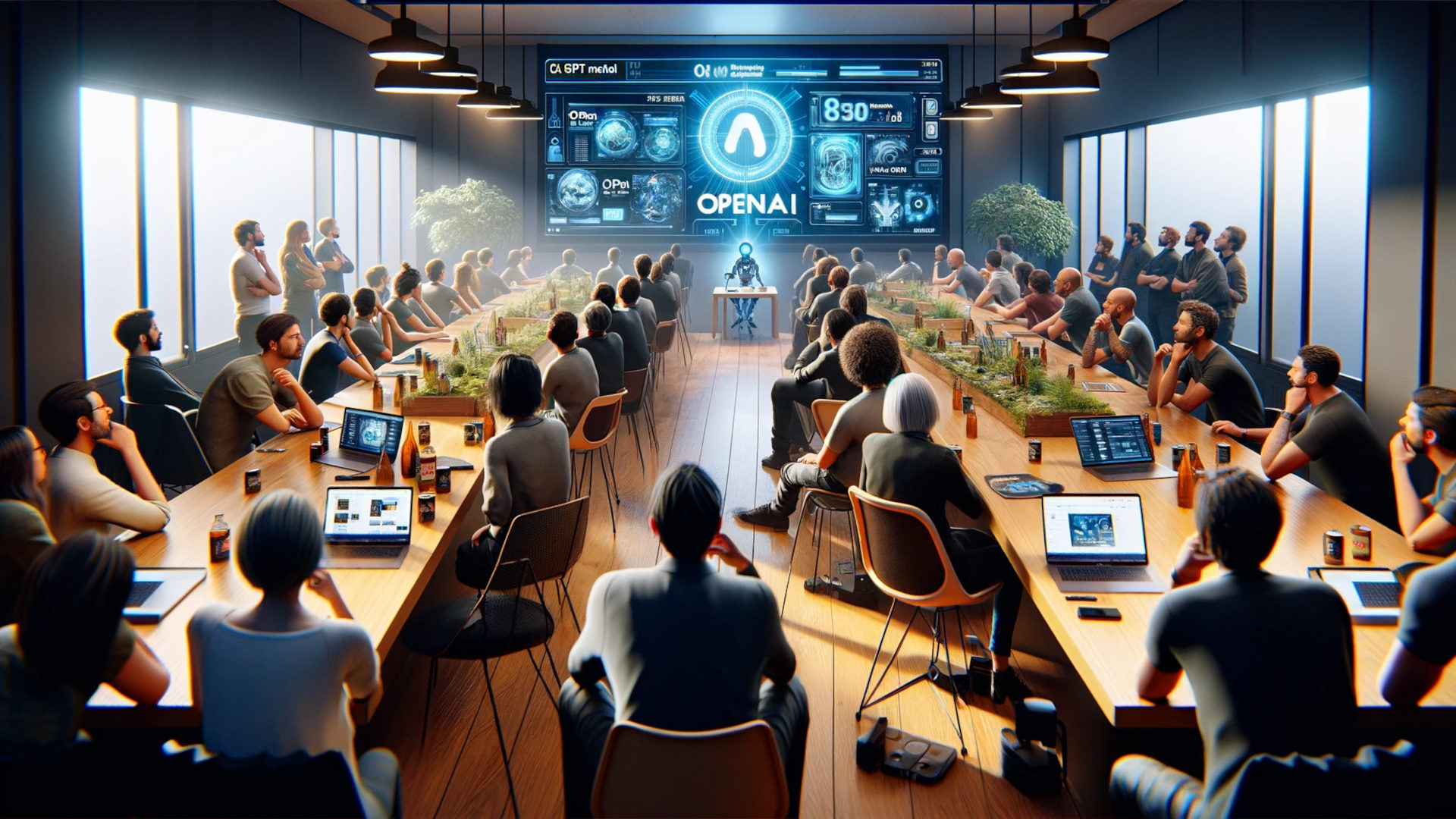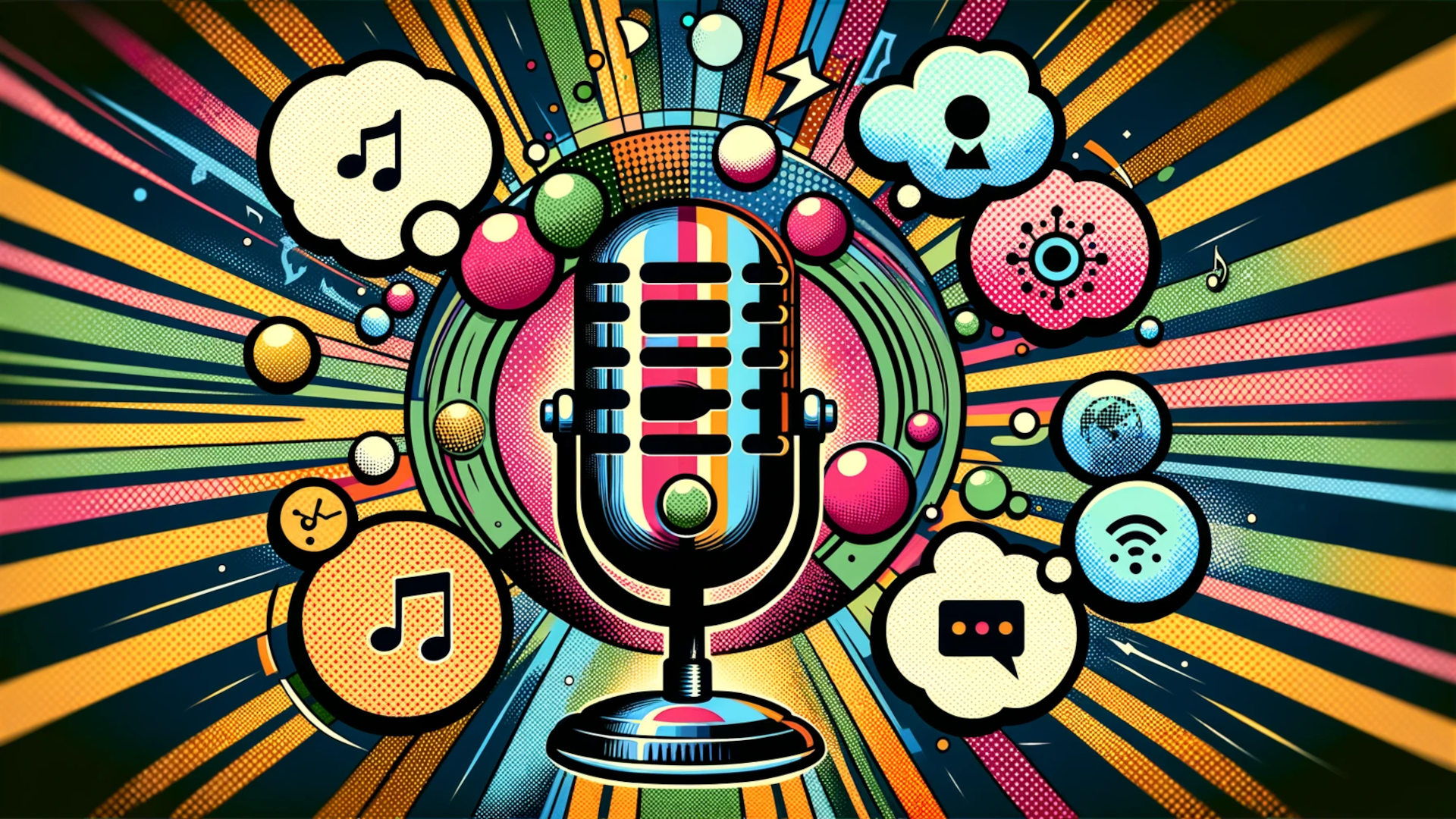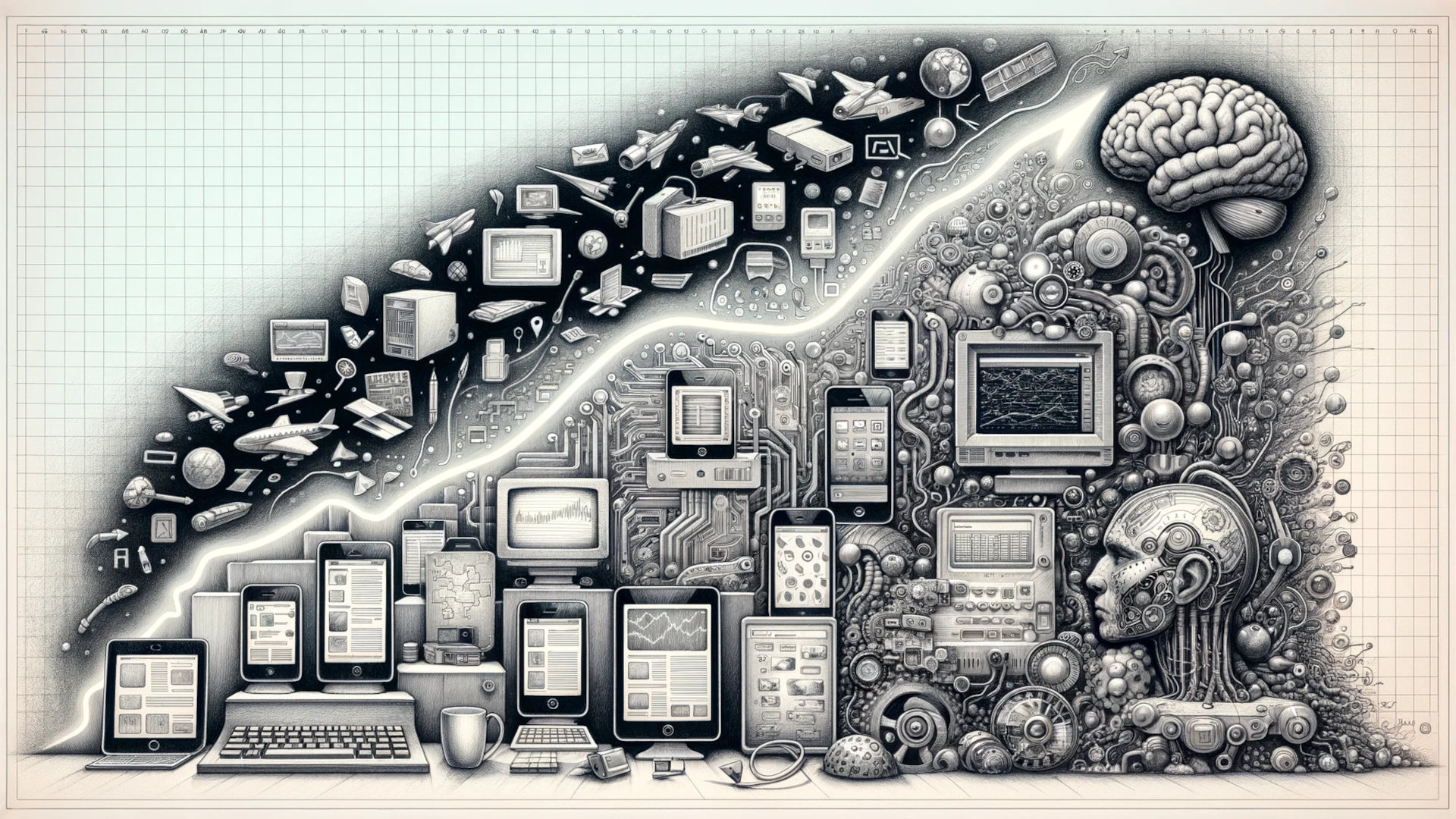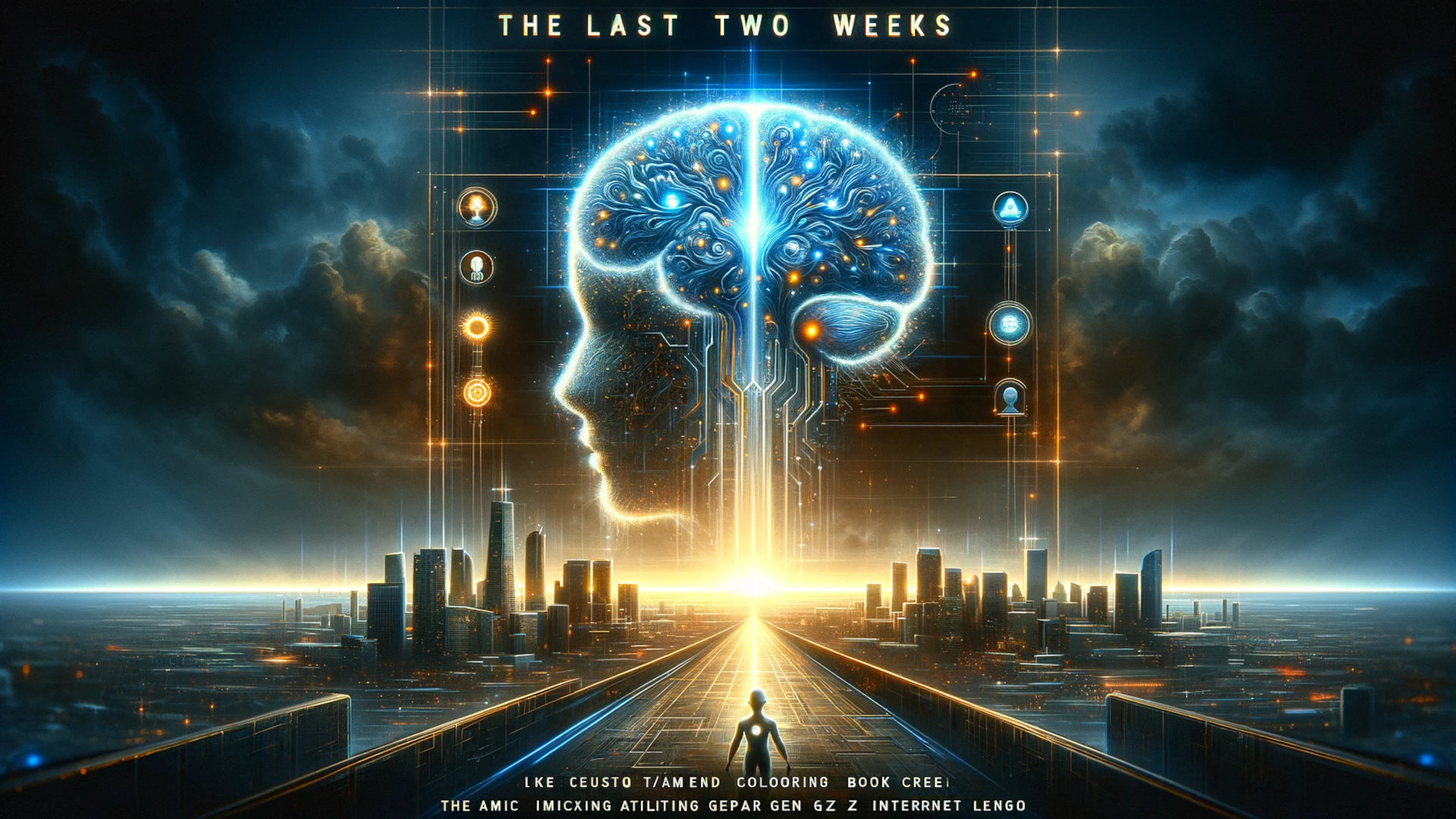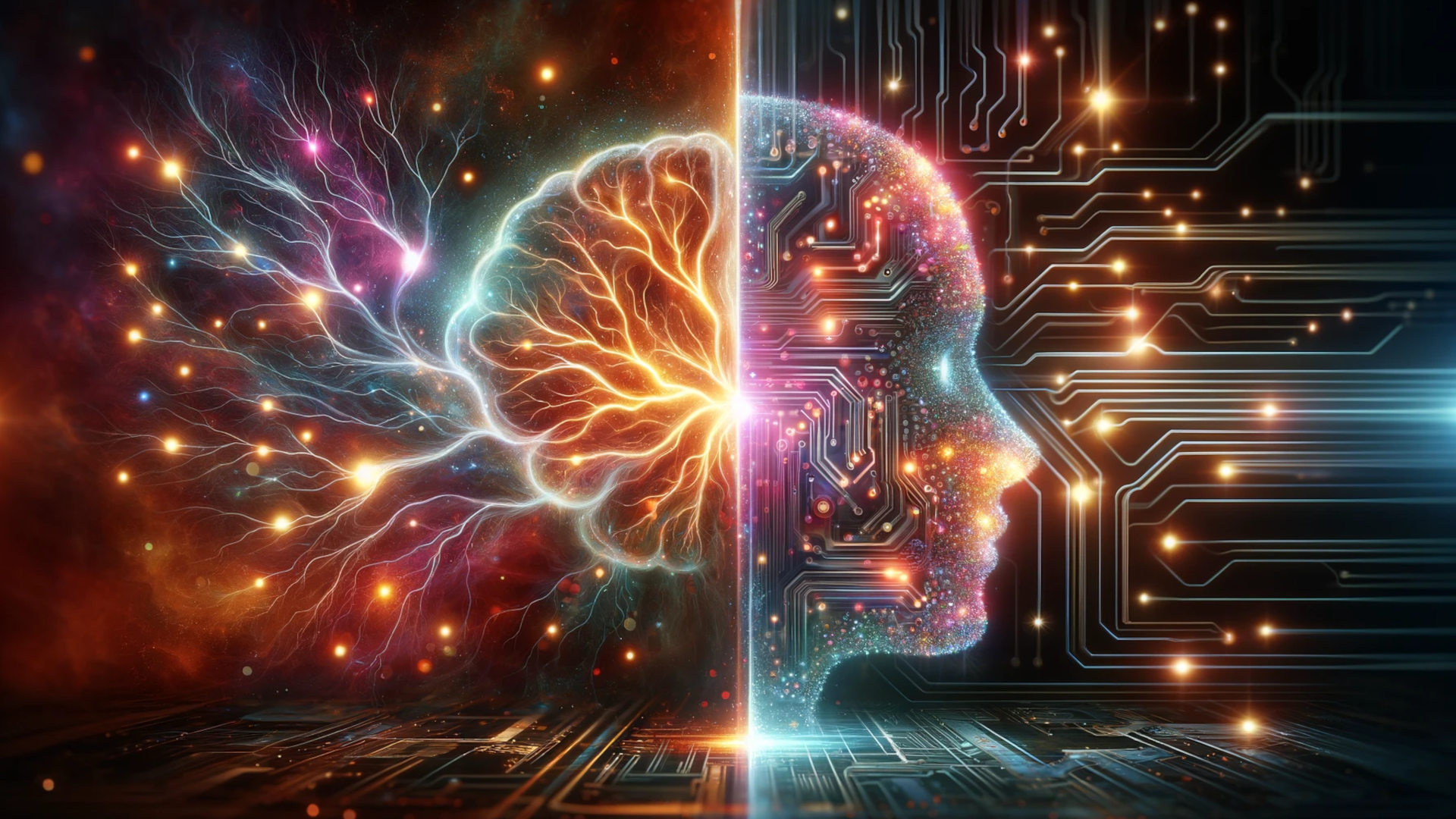Knowledge distillation is an area of research into more efficient Transformers which trains small models (students) by encouraging them to reproduce the outputs of large models (teachers). This is a technique which initially gained popularity on classification tasks in computer vision, but has been successfully applied in several domains, including LLMs. If you start from...
Category: AI
How OpenAI is disrupting startups and the Internet
OpenAI's DevDay 2023 marked a pivotal moment in the AI industry. OpenAI was not only announcing updates to their platform but also implementing them immediately and without prior notice. This has had a significant impact on startups that relied on products interfacing with OpenAI models as many tools became outdated overnight. Especially the introduction of...
Goodbye Siri – Embracing ChatGPT as Your New Voice Assistant
With news that OpenAI’s ChatGPT Voice feature is now available to all free users, you can ditch Siri as your main voice assistant on your iPhone. Here's how you do can do it. iPhone 15 Pro and Pro Max The latest iPhones from Apple, the 15 Pro and Pro Max, support the ability to configure...
From Web to App to AI: Navigating the Evolution of Business in the AI Era
In the rapidly changing digital landscape, businesses have witnesses a remarkable evolution from web-based operations to app-centric models. Now, we are on the cusp of a new era dominated by Artificial Intelligence (AI). Let's delve into this next step of the digital evolution and unravel what it means for businesses today. The Evolutionary Leap: Web...
Custom GPTs by OpenAI: A Revolutionary Leap or a Passing Fancy?
The last two weeks marked a significant milestone for OpenAI, with the introduction of a powerful new feature to their widely popular ChatGPT: custom GPTs. This addition heralds a new era in AI, enabling users to fundamentally alter the AI chatbot’s functioning. It's not just about tweaking communication styles; it's about feeding specific datasets for...
Exploring the Capabilities of “Make It Real” by tldraw
A recent development in the field of software design and development involves tldraw's new feature, "Make It Real." This tool, incorporating OpenAI's GPT-4V API, offers the ability to convert vector drawings into functioning software code, specifically using Tailwind CSS and JavaScript. Technical Overview of "Make It Real" "Make It Real" operates by interpreting vector-based sketches...
How AI is Reshaping the World of Professional Writing
In today's rapidly evolving digital landscape, AI is no longer confined to the domains of virtual assistants like Siri and Alexa. AI tools, like ChatGPT, are emerging as formidable players in the professional realm, particularly in writing. But as this technology gains traction, several questions arise: How is it changing the way professionals work? What...
Computers in the 21st Century
In the early 90s of the 20th century, Mark Weiser introduced a vision of computing that was profoundly different from the desktop-centric model prevalent at the time. He foresaw a world where technology would become so ingrained in our environments that it would effectively disappear from view, seamlessly integrated into the background of our daily...
Being Emotional is Good for AI
Within the intricate tapestry of human characteristics, emotional intelligence stands out as a defining attribute, a skill finely honed through the annals of history. It's a symphony of competencies, all playing their part in the intricate dance of emotional information processing. Emotional intelligence is our innate or learned ability to not only discern the emotional...
AutoGen vs. ChatDev: Pioneering Multi-Agent Systems in the LLM Landscape
The technological landscape has been burgeoned by innovative frameworks that leverage large language models (LLMs) to accomplish complex tasks. Among the frontrunners in this realm are Microsoft's AutoGen and the open-source project, ChatDev. Both frameworks exemplify the profound capabilities of multi-agent mechanisms paired with LLMs, albeit serving different purposes and audiences. Microsoft's AutoGen: A New...

